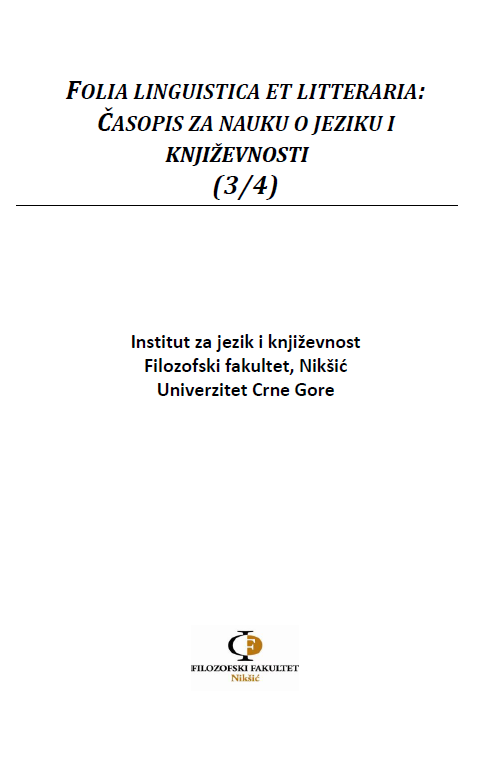The Aesthetic Response: The Reader in Macbeth
The Aesthetic Response: The Reader in Macbeth
Author(s): Ismail SalamiSubject(s): Aesthetics, Theory of Literature, British Literature
Published by: Filološki fakultet, Nikšić
Keywords: Iser; reader; Macbeth; Shakespeare; evil; paradox;
Summary/Abstract: This article seeks to explore the different strategies the Bard uses in order to evoke sympathy in the reader for Macbeth who is so persistent in the path of evil. What strategy does Shakespeare use in order to provoke such a deep emotional response from his readers? By using paradoxes in the play, the Bard creates a world of illusion, fear and wild imagination. The paradoxical world in Macbeth startles us into marvel and fear, challenges our commonly held opinions, and reshapes our thought in the process (Platt 8). As the text involves the reader in the formation of illusion and the simultaneous formation of the means whereby the illusion is punctured, “reading reflects the process by which we gain experience. Once the reader is entangled, his own preconceptions are continually overtaken so that the text becomes his present while his own ideas fade into the past. As soon as it happens, he is open to the immediate experience of the text” (Iser, The Implied Reader 290).
Journal: Folia Linguistica et Litteraria
- Issue Year: 2011
- Issue No: 3-4
- Page Range: 175-190
- Page Count: 16
- Language: English

